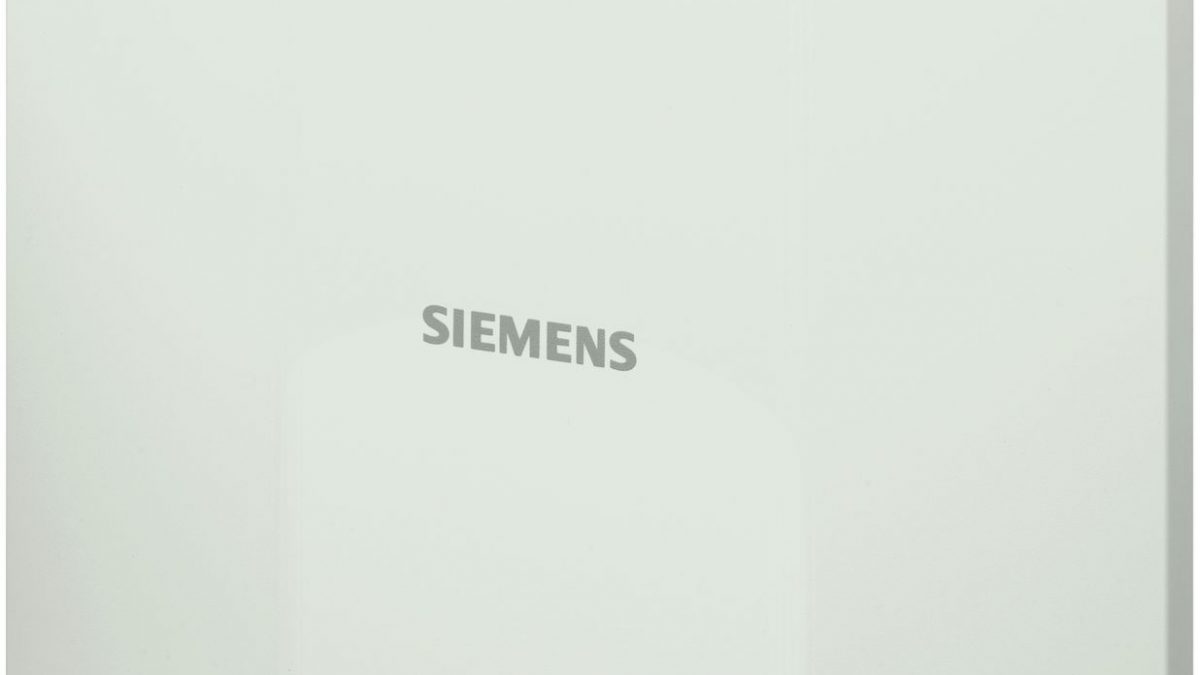1. EXECUTIVE SUMMARY
-
CVSS v3 9.8
- ATTENTION: Exploitable remotely/low skill level to exploit
- Vendor: Siemens
- Equipment: SCALANCE W1750D
- Vulnerabilities: Command Injection, Information Exposure, Cross-site Scripting
2. RISK EVALUATION
Successful exploitation of these vulnerabilities could allow an attacker execute arbitrary commands within the underlying operating system, discover sensitive information, take administrative actions on the device, or expose session cookies for an administrative session.
3. TECHNICAL DETAILS
3.1 AFFECTED PRODUCTS
The following versions of SCALANCE W1750D, a direct access point, are affected:
- W1750D: All versions prior to 8.4.0.1
3.2 VULNERABILITY OVERVIEW
3.2.1 COMMAND INJECTION CWE-77
An unauthenticated user with access to the web interface can execute arbitrary system commands within the underlying operating system, which may allow the attacker to copy files, read configuration, write files, delete files, or reboot the device.
CVE-2018-7084 has been assigned to this vulnerability. A CVSS v3 base score of 9.8 has been calculated; the CVSS vector string is (AV:N/AC:L/PR:N/UI:N/S:U/C:H/I:H/A:H).
3.2.2 INFORMATION EXPOSURE CWE-200
An unauthenticated attacker can access core dumps of previously crashed processes through the web interface of the device, which may allow disclosure of sensitive information.
CVE-2018-7083 has been assigned to this vulnerability. A CVSS v3 base score of 7.5 has been calculated; the CVSS vector string is (AV:N/AC:L/PR:N/UI:N/S:U/C:H/I:N/A:N).
3.2.3 INFORMATION EXPOSURE CWE-200
An unauthenticated user may retrieve recently cached configuration commands by sending a crafted URL to the web interface of an affected device, which may allow disclosure of sensitive information.
CVE-2018-16417 has been assigned to this vulnerability. A CVSS v3 base score of 7.5 has been calculated; the CVSS vector string is (AV:N/AC:L/PR:N/UI:N/S:U/C:H/I:N/A:N).
3.2.4 COMMAND INJECTION CWE-77
An authenticated administrative user can execute arbitrary commands on the underlying operating system.
CVE-2018-7082 has been assigned to this vulnerability. A CVSS v3 base score of 7.2 has been calculated; the CVSS vector string is (AV:N/AC:L/PR:H/UI:N/S:U/C:H/I:H/A:H).
3.2.5 CROSS-SITE SCRIPTING CWE-79
If an attacker can trick an administrator into clicking a link, they could then take administrative actions on the device or expose a session cookie for an administrative session.
CVE-2018-7064 has been assigned to this vulnerability. A CVSS v3 base score of 6.4 has been calculated; the CVSS vector string is (AV:N/AC:H/PR:N/UI:R/S:U/C:H/I:L/A:L).
3.3 BACKGROUND
- CRITICAL INFRASTRUCTURE SECTORS: Chemical, Energy, Food and Agriculture, Healthcare and Public Health, Transportation Systems, and Water and Wastewater Systems
- COUNTRIES/AREAS DEPLOYED: Worldwide
- COMPANY HEADQUARTERS LOCATION: Germany
3.4 RESEARCHER
Siemens reported these vulnerabilities to NCCIC.
4. MITIGATIONS
Siemens recommends users upgrade to Version 8.4.0.1 or later, which can be downloaded from the following link:
https://support.industry.siemens.com/cs/us/en/view/109766816/
Siemens has identified the following specific workarounds and mitigations that users can apply to reduce the risk:
- Restrict access to the web-based management interface to the internal or VPN network.
- Do not browse other websites and do not click on external links while being authenticated to the administrative web interface.
- Apply appropriate strategies for mitigation.
As a general security measure, Siemens strongly recommends protecting network access to devices with appropriate mechanisms. In order to operate the devices in a protected IT environment, Siemens recommends configuring the environment according to Siemens’ operational guidelines for industrial security, and following the recommendations in the product manuals.
Additional information on Industrial Security by Siemens can be found at:
https://www.siemens.com/industrialsecurity
For more information on these vulnerabilities and associated software updates, please see Siemens security advisory SSA-549547 on their website:
https://www.siemens.com/cert/advisories
NCCIC recommends users take defensive measures to minimize the risk of exploitation of this vulnerability. Specifically, users should:
- Minimize network exposure for all control system devices and/or systems, and ensure that they are not accessible from the Internet.
- Locate control system networks and remote devices behind firewalls, and isolate them from the business network.
- When remote access is required, use secure methods, such as Virtual Private Networks (VPNs), recognizing that VPNs may have vulnerabilities and should be updated to the most current version available. Also recognize that VPN is only as secure as the connected devices.
NCCIC reminds organizations to perform proper impact analysis and risk assessment prior to deploying defensive measures.
NCCIC also provides a section for control systems security recommended practices on the ICS-CERT web page. Several recommended practices are available for reading and download, including Improving Industrial Control Systems Cybersecurity with Defense-in-Depth Strategies.
Additional mitigation guidance and recommended practices are publicly available on the ICS-CERT website in the Technical Information Paper, ICS-TIP-12-146-01B–Targeted Cyber Intrusion Detection and Mitigation Strategies.
Organizations observing any suspected malicious activity should follow their established internal procedures and report their findings to NCCIC for tracking and correlation against other incidents.
No known public exploits specifically target these vulnerabilities.
Source:
https://ics-cert.us-cert.gov/advisories/ICSA-19-134-07


Stay connected